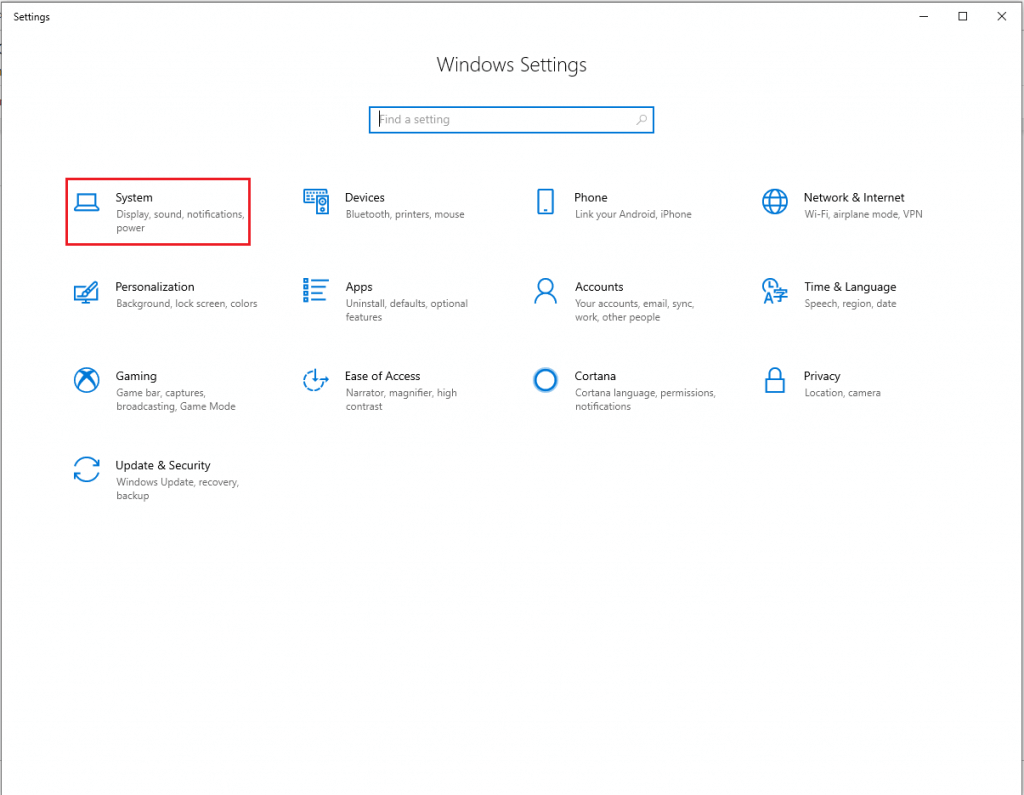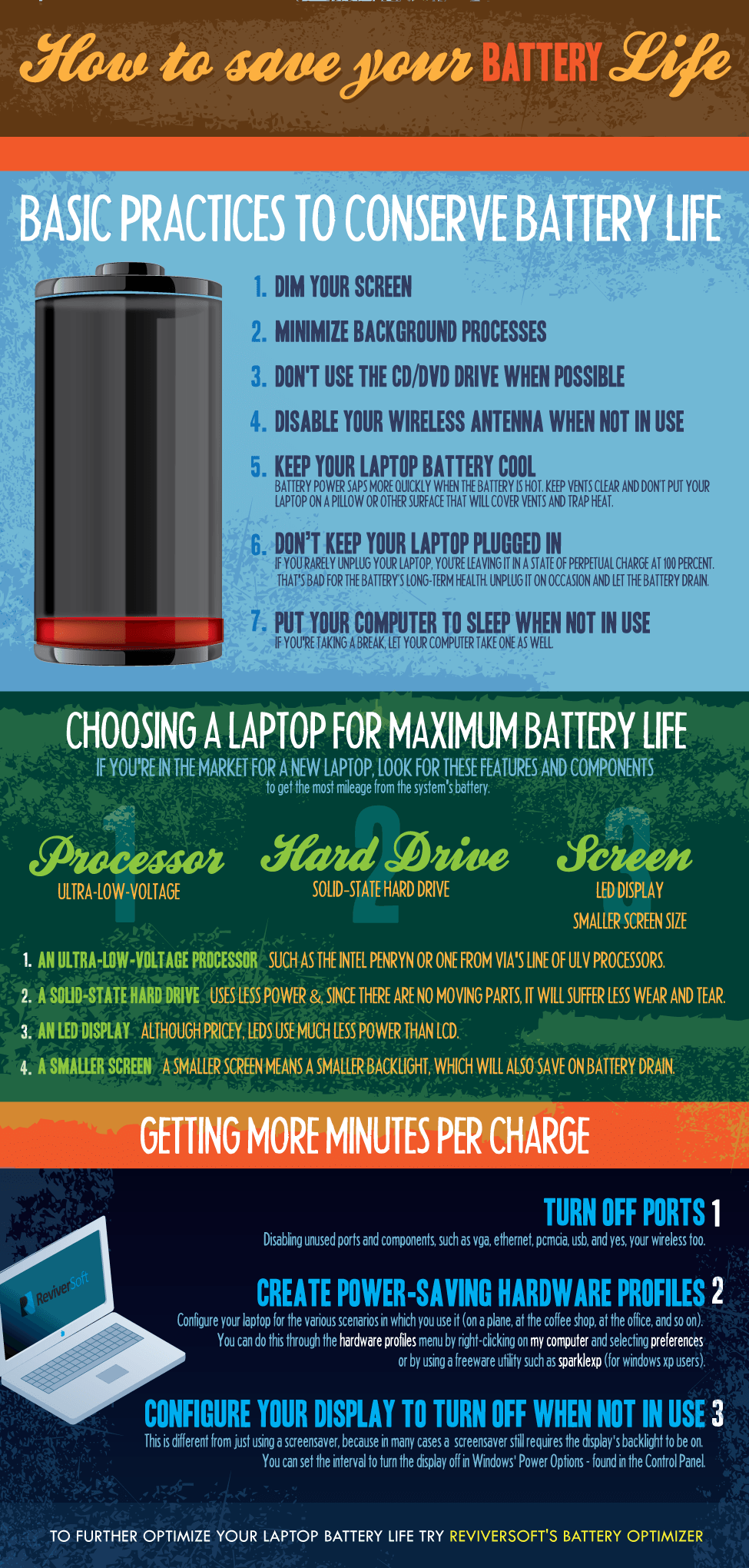

Sodium batteries are also more stable and safe than lithium-ion. “The main attraction of sodium is sustainability,” Abraham says. And other batteries such as lead-acid and nickel-cadmium contain toxic metals. Lithium-ion cathodes, by contrast, use cobalt, a metal with limited geological reserves and an iffy supply chain centered on a handful of countries. Moreover, sodium metal oxide cathodes typically used in batteries-the anodes are carbon just like lithium-ion batteries-can be made from plentiful metals such as iron and manganese. It also costs less to extract and purify. There is over one-thousand times more sodium than lithium in the Earth’s crust. The biggest thing going for sodium batteries is their use of abundant, cheap, and benign materials. Based on currently available information, Abraham projects the cost of sodium-ion batteries to be about 10–20 percent less than lithium-ion. So far, sodium-ions have demonstrated about half the energy density of lithium, which can reach 285 Wh/kg, he says.īut sodium-ion batteries could give lithium-ions a run for their money in stationary applications like renewable energy storage for homes and the grid or backup power for data centers, where cost is more important than size and energy density.

Lithium-ion batteries boast a higher energy density than sodium-ions, which means a compact lithium-ion will have a longer run time between charges. Abraham, research professor at Northeastern University and CTO of lithium battery consulting firm E-KEM Sciences. “From a pure performance point-of-view, sodium-ion batteries are not attractive for portable electronics or electric vehicles,” says K. Natron’s first customers are data centers and telecom companies. The batteries are now in low-volume commercial production, says VP of Sales Jack Pouchet. In September 2020, the Department of Energy’s Advanced Research Projects Agency–Energy awarded Santa Clara, California-based Natron Energy USD $19.9 million as part of a new program to fast-track technologies, with the goal of advancing their commercialization efforts. The technology might finally be catching up to its promise, with a couple companies now starting commercial deliveries. Researchers have been promising to make sodium batteries viable for years. not EVs or consumer electronics-the sodium-ion battery. However, development is speeding up on a competing chemistry for larger-scale applications- i.e.

Lithium-ion batteries are nowhere close to easing their dominion in the rechargeable battery market.


 0 kommentar(er)
0 kommentar(er)
